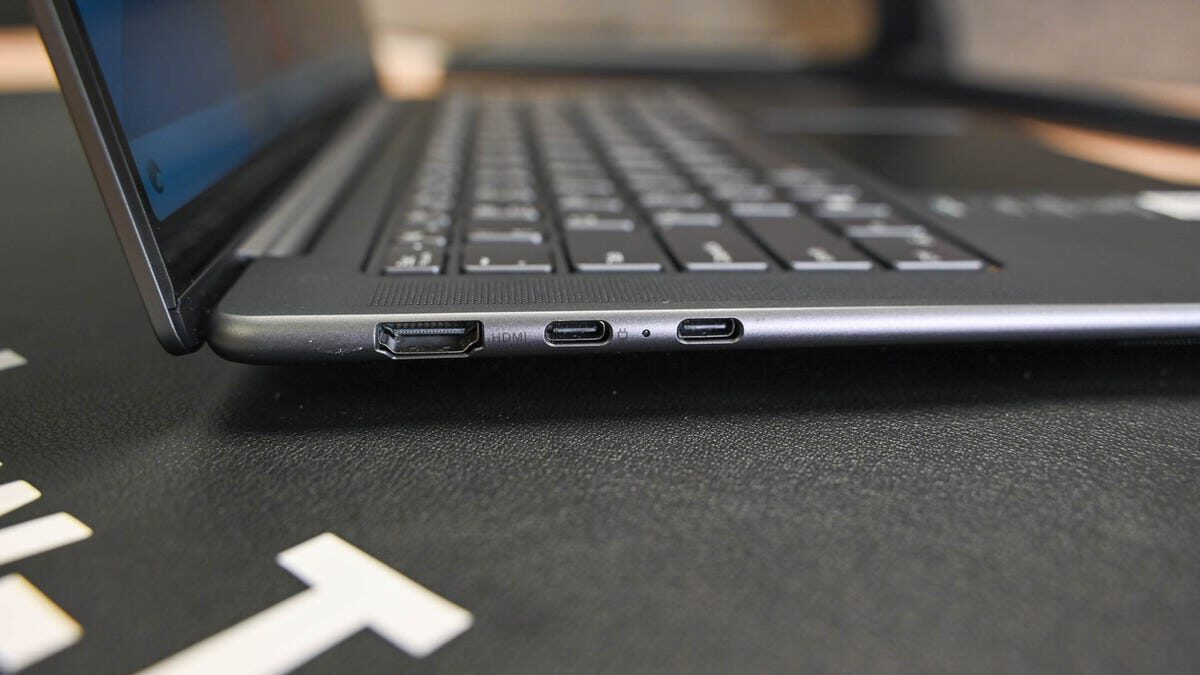
A broken charger is a common and expensive laptop issue. The switch to USB-C will alleviate this issue in a number of ways.
If you’ve been a regular laptop user for a few years, you’ve probably suffered a common problem. The constant twists, turns, and dings your power cable endures have likely left it frayed or snapped. Then you have to tape it up, crack out the soldering gun, or pay big for a replacement.
Laptop chargers have always been a bit of a mess. Firstly, there’s getting a charger that actually fits. Traditionally, laptops use “barrel jack” chargers, and these come in different diameters and lengths. If you get a random charger, the chances are you won’t be able to plug it into your laptop. Laptops also have different power demands depending on the hardware involved, how it’s been clocked, and a few other factors. So a charger may fit, but that doesn’t mean it will work.
The good news is, this problem is quickly becoming a thing of the past. USB-C is fast becoming the standard worldwide. It’s currently the cable of choice for the majority of phones, tablets, and laptops. This is a pretty solid leap forward for laptop users in particular, as it solves a major problem we’ve all had. Yes, your cables will still get damaged but replacing them will be a lot simpler.
What is USB-C
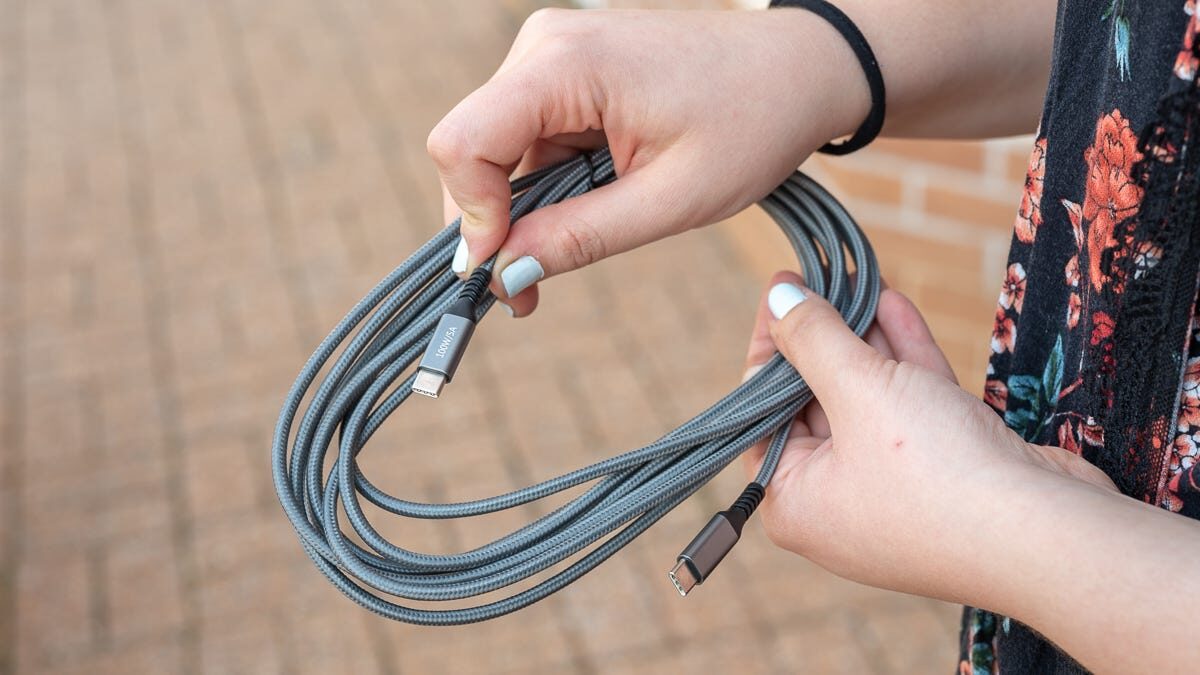
It’s 2023, so you’ve almost certainly seen a USB-C cable, and most likely also used one. Although there are still some micro-USB-powered devices lingering around, and Apple is clinging on to the Lightning cable for dear life, USB-C is the current standard.
It currently powers phones, drones, cameras, VR headsets, monitors, and laptops, amongst other things. This is intentional, and certain companies would like a USB-C to be the only cable you’ll ever need. Though it isn’t quite the one port to rule them all, yet,USB-C has a number of advantages, one of which is its ability to power any device within its maximum wattage range.
One of the big things holding it back from being the go-to for laptops is a lack of power. Most cables top out at 100W, which is fine for the majority of laptops, but more powerful gaming machines require a bit more than that.
But hope is on the horizon. Firstly, USB-C Version 2.1 is upping the maximum power the cable can carry from 100W to 240W. This will allow more laptops to be powered by USB-C cables alone. Then there are gaming laptops with hybrid charging. These laptops can run via USB-C while doing general tasks and only require a larger charger when you’re doing something intensive like gaming.
While change is often scary, and brings a learning curve with it, that isn’t the case with the laptop’s shift towards USB-C power. USB-C is far superior in many ways, and the current option—barrel jacks—have some major flaws and reliability issues.
Barrel Jack Chargers Break All the Time
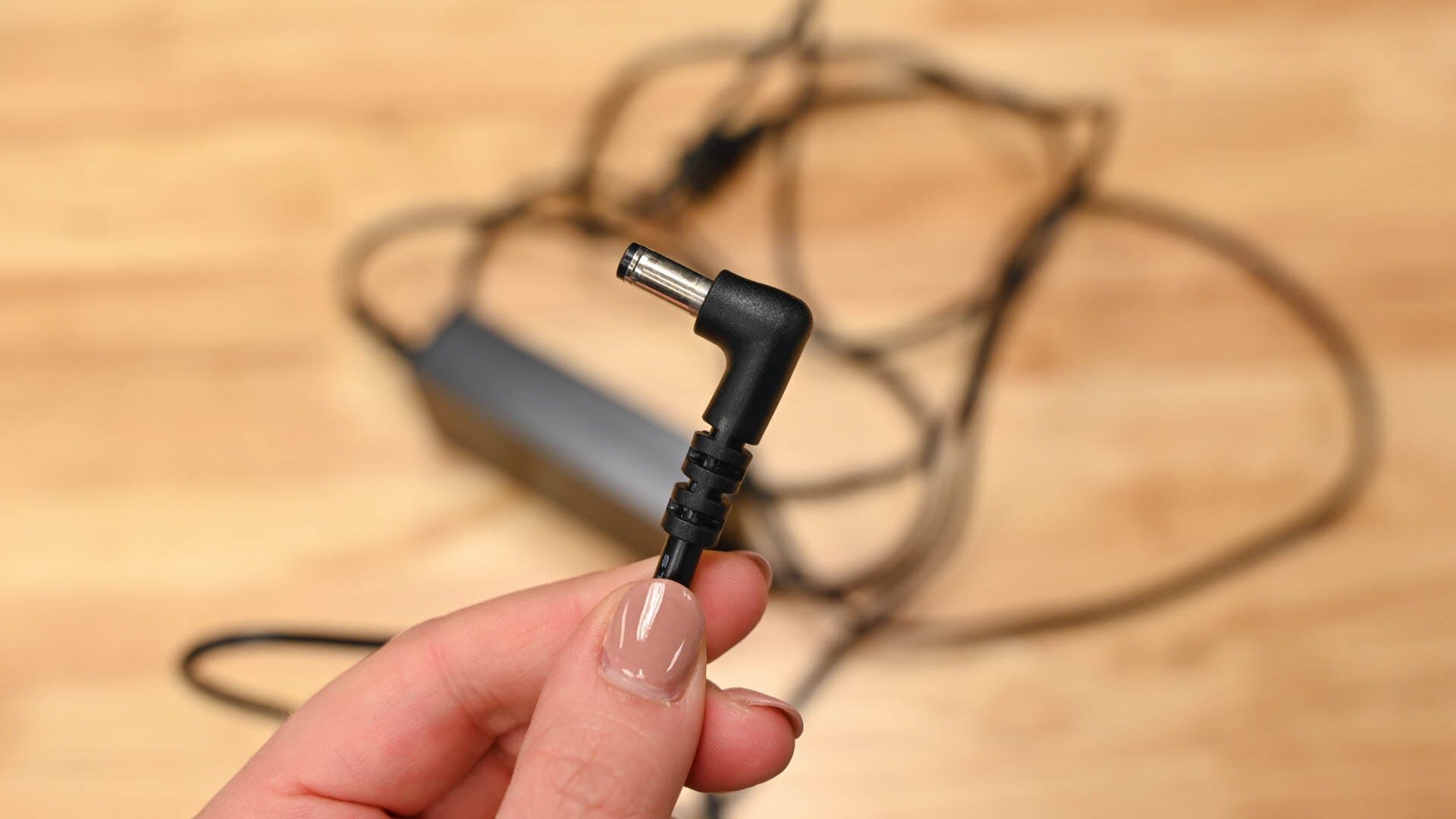
Laptop chargers break a lot. They’re probably the most commonly replaced laptop part for a couple of reasons. Firstly they’re easy to “replace.” You don’t need any technical know-how to replace one, either. You just plug it in instead of your old charger.
From a personal standpoint, they last around two years on average. At no point have I owned a laptop for a reasonable length of time and not had to replace its charger at least once. The most common point of failure seems to be at or near the flex where the barrel jack joins the wire. This also makes sense, as that part of the wire is often bent at weird angles and regularly moves with the laptop. These repeated flexes will sometimes cause the cable to snap inside but can also destroy the wire’s plastic coating leaving the wires exposed and potentially shorting them out.
If You Find One, It’s Probably Going To Be Expensive
While you don’t have to crack a laptop open to replace this particular part, buying a replacement charger can be a pain sometimes. You can’t just buy any charger and have it work in a lot of cases. Instead, you need to look at the back of the transformer housing and find the wattage and the voltage or amperage. Or any combination of those three. The new charger will need to be a match here or, at best, your laptop will be underpowered. An underpowered laptop may shut down under strain, so if you’re planning on gaming and video editing, that’s no longer an option. Going over on the amperage is probably okay, but an incorrect voltage can also lead to major issues.
From there, you’ll also need to find a matching barrel jack. Sometimes you can do this by diameter, but other times you’ll need to match the brand of laptop to the jack. Because of all of this, these chargers are essentially specialized parts in a lot of cases. Aftermarket chargers can be reliable and are still somewhat expensive in many cases. Chargers made by the manufacturer are often very pricy, especially if that particular laptop is no longer in production.
Even higher-end USB-C cables are relatively cheap, and you may have one capable of doing the job in the house already. All you’ll really need is a power brick capable of providing enough voltage to power your laptop. These can be expensive but do have uses beyond charging your laptop. They’ll power anything that takes USB-C, including a phone, tablet, or computer monitor. You can also find a decent one for under $50 if you look around. If you’re using a block and a wire, it’s also modular—so even if your new cable breaks, you won’t have to replace the more expensive block to get things going again.
Previous Attempts at “Universal” Chargers Were Awful
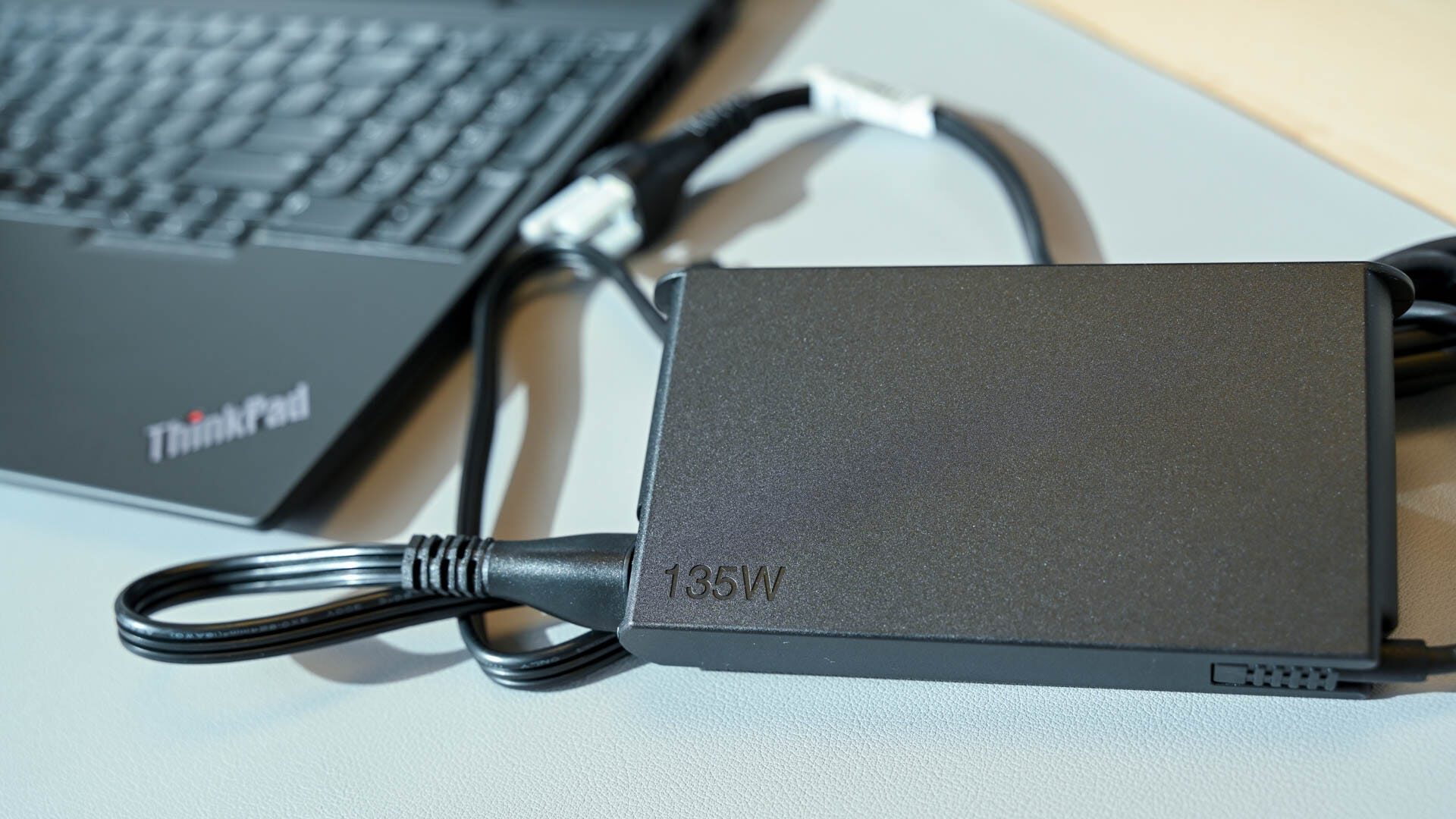
A universal laptop charger is far from a novel idea. They’ve existed for years and have often been available for as little as $20. The problem is, they tended to be unreliable at best and downright dangerous at worst.
While designs differ, most universal chargers for barrel-jack powered laptops consisted of an adjustable transformer and interchangeable jacks. You’d set the transformer to the voltage and amperage your laptop required, clip a jack that fits onto the end of the wire, then, in theory, you’d be good to go.
But the connections between the jacks and wires were often loose or unstable, the jack itself could easily be lost, and in terms of cost, you get what you pay for. What was marked as 1.2 amps and 19 volts could actually be far from that and putting the wrong wattage into a laptop could have dire consequences. In a worst-case scenario, this can make your laptop catch fire. But more than likely, you’d just do some irreversible damage to your battery and charging circutry.
Phones Used to be Like This Too
The Laptop’s embrace of the USB-C standard seems to be progressing well, with the only real thing holding it back being current USB-C limitations. As things progress further, there may be a time in the not-too-distant future where every laptop either uses USB-C or its eventual successor. Laptops aren’t the only electrical devices to have shifted towards a standard in recent times.
While people may complain about Apple clinging on to the lightning cable, only really having two types of phone chargers isn’t too bad. Pretty much every single company and there were a lot of them, had their own proprietary chargers back in the day. If you had an Ericsson cell phone, and your device ran out of battery, you’d have near no chance of charging it round your friend’s house as they’d probably have a Nokia or a Phillips. Worse yet, the chargers were all in one affairs—so you couldn’t just shove a wire in your pocket.
Thankfully, this is not much of an issue these days, partially due to the rise of iPhones and Android’s adoption of USB chargers. Hopefully, laptop charging will be a similar experience soon, and forgetting to pack a charger for a trip won’t mean you’re stuck without a computer until you get home.
USB-C is Making Life Cheaper and Easier
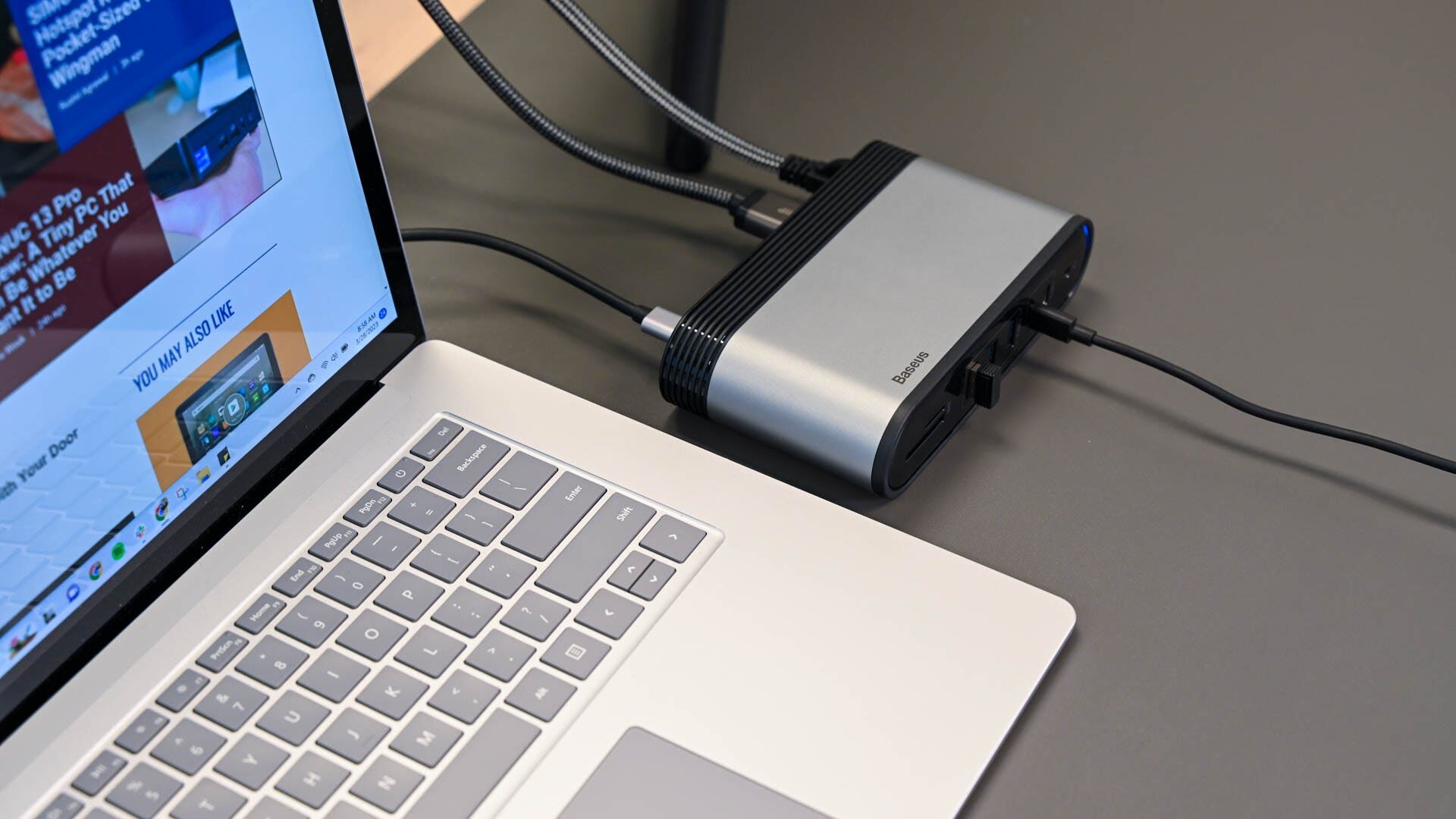
In a lot of cases, USB-C is making a huge difference for laptop users, and things are only going to get better as time goes on. As things stand, gaming laptops still need more juice than USB-C can provide, but most other new laptops will be on the standard when you purchase them.
This means the average laptop user will have an easier time replacing a broken cable and won’t have to splash out as much money when it’s time to do so. Similarly, if you’re low on power while you’re outside the house, lose your charger, or forget a cable while traveling, you won’t find yourself in an impossible situation.
It’s also possible to make your laptop even more portable thanks to USB-C. If you can find a sufficiently powerful portable battery pack, you can drastically extend your laptop’s battery life. This is ideal as a backup during power outages, a useful travel companion, and something that can spare you the pain of trying to wrangle a table near an outlet at a coffee shop. All in all, USB-C charging is a major advancement for laptops, and we should all be a bit happier about it.
